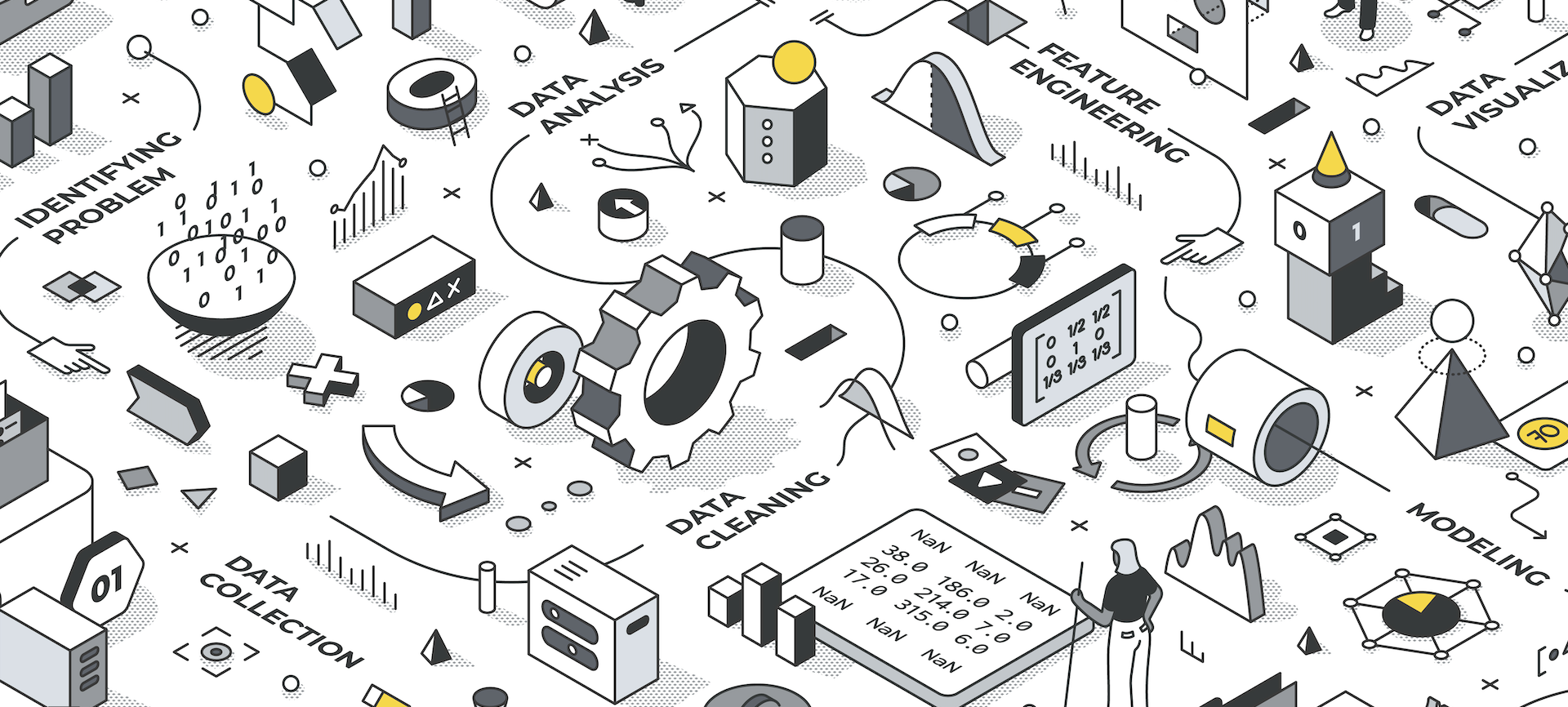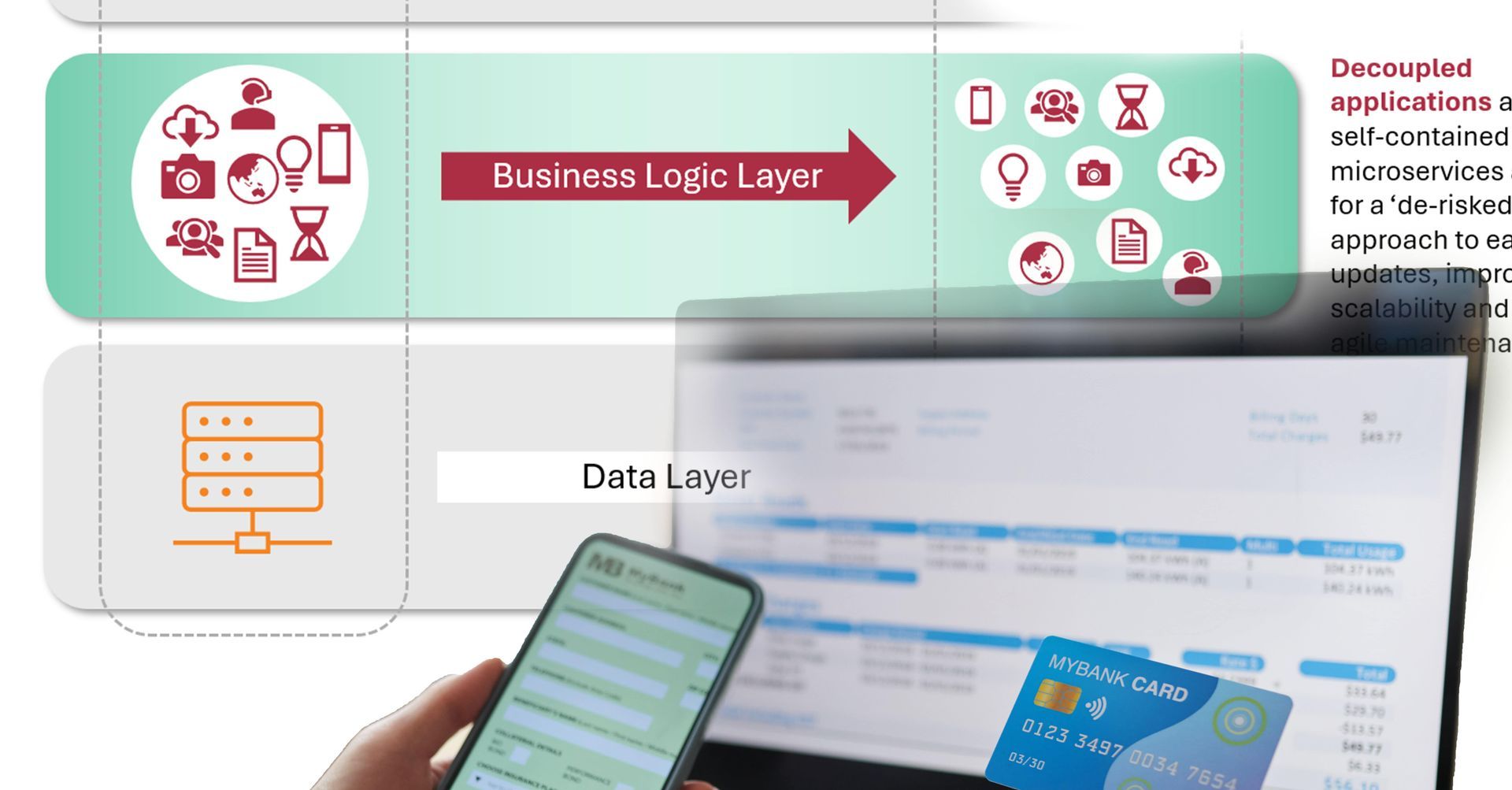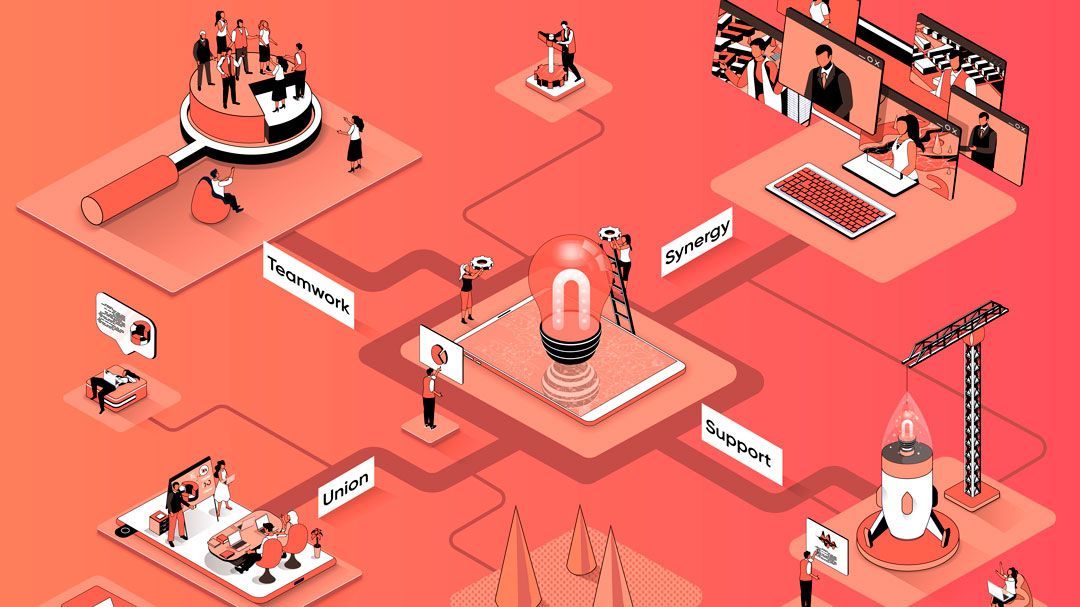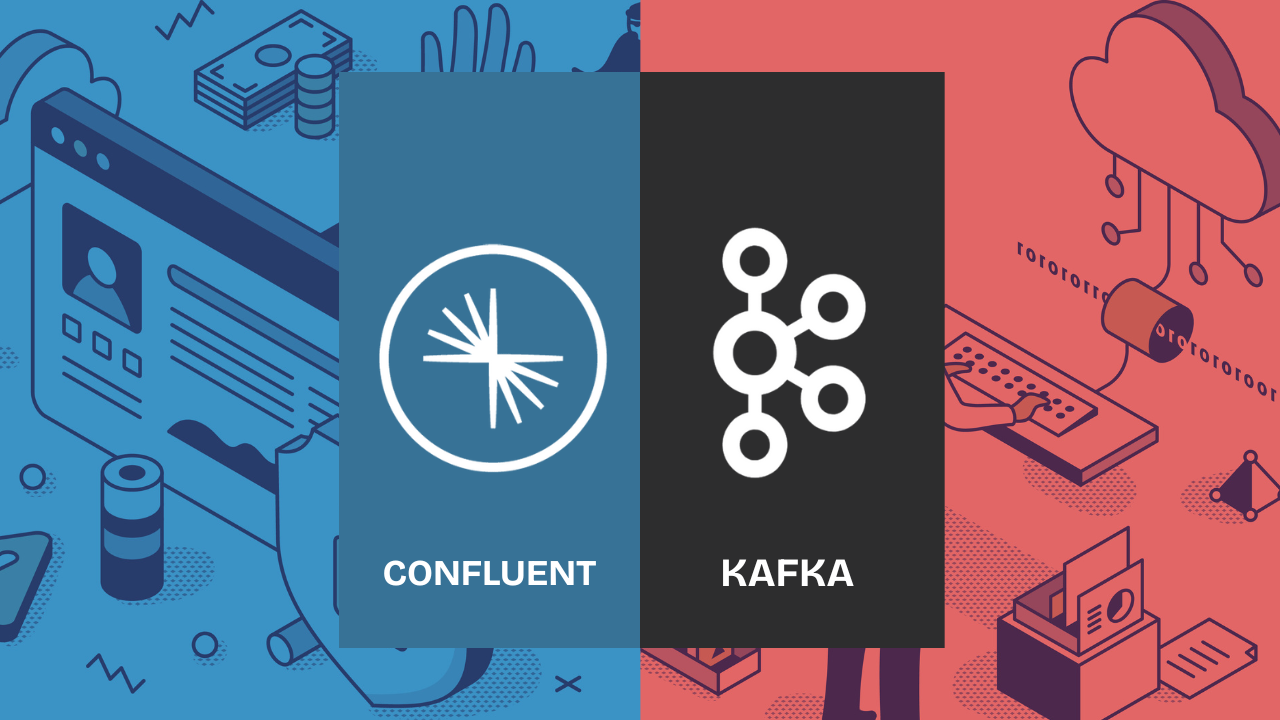Are you owning your data, or is your data owning you?

In today’s business environment, data is the lifeblood that keeps companies thriving. For complex, data-rich organisations, having robust and efficient data processing and a trusted data quality framework is not just a nicety, but an essential component for informed decision-making and maintaining a competitive edge.
If you are responsible for operations, customers experience or growth and revenue, then it's critical to ask yourself:
"Are you owning your data, or is your data owning you?"
The Current Landscape – likely your data is owning you!
Traditionally, many organisations have employed teams solely dedicated to ensuring data quality. They put in hours of manual labour to cleanse, validate, and align data for business reports and facilitate its seamless integration into various business systems. However, with the ever-increasing volume and complexity of data, these manual methods are not just tedious and error-prone but are also a colossal drain on resources and time.
Simple test - how does manual verse automation look in your organisation?
The Risks of Manual Dependency
Reliance on manual intervention for data quality management often leads to your data owning you, common risks and restrictions include:
- Difficult to add expanding data requirements: Your environment, and your people are not easily adaptable to any future data initiatives for your business.
- Inefficiencies and Errors: Human error is inevitable. The manual handling of data increases the likelihood of inaccuracies which can be detrimental for decision-making and reporting (compliance and Board level).
- Delayed Decision-making: Sifting through large datasets manually can take an exorbitant amount of time, delaying vital business decisions and create poor customer experiences.
- Increased Costs: Maintaining teams to manually handle data is costly. Additionally, errors due to manual intervention can lead to poor decision-making, which can have financial repercussions.
- Lack of Scalability: As your data grows, scaling manual processes becomes increasingly difficult and cumbersome.
Taking Back Ownership – Time to own your data!
If your data is owning you, it’s time to flip the script!
Here's how you can own your data:
- Automate Data Quality Management: Invest in data quality tools that automate the cleansing, validation, and standardisation processes. Automation minimises human error, enhances accuracy, and increases efficiency.
- Integrate Your Systems: Employing middleware or integration tools ensures that data flows seamlessly between your various business systems, reducing the need for manual data movement and ensuring that your data is where it needs to be, when it needs to be there.
- Centralise your Data: Data Warehousing (via MDM) enables you to create a genuine environment of data trust, agility and access in a more mature, and future-proofed way than imposing master data management practices to existing Data lakes.
- Empower with Self-Service Analytics: Equip your teams with self-service analytics tools. By doing this, you allow them to generate reports and insights independently, freeing up data teams to focus on more strategic tasks.
- Adopt a Data Governance Strategy: Establish clear policies and procedures regarding data management. This includes setting standards for data quality and outlining the responsibilities of different teams. Data governance ensures accountability and a more structured approach to data management.
- Upskill Your Teams: Invest in training your teams in data science and analytics. This will not only make them more efficient but will also pave the way for innovation.
The Competitive Edge
In an era where data is king, owning your data is paramount. And to truly achieve this you need to centralise your data - this is the principle of data warehousing.
With the centralisation of your data (warehousing) and moving away from manual processes by embracing automation and integration, your organisation can reap the benefits of rapid, informed decision-making. Moreover, with a data governance strategy in place, you ensure that data quality is maintained without the need for constant manual intervention.
Regardless of your industry, embracing these changes not only places you firmly in control of your data but also positions your organisation to be more agile, efficient, and ultimately, more competitive in an increasingly data-driven world.
It's time to take a step back and evaluate your relationship with data. The goal should be to own your data and make it work for you, rather than being enslaved by the constraints of outdated, manual processes.
Increase your Strategic options!
For those organisations on aging core platforms, owning your data enables the adoption of modern digital products and architectures, it opens up opportunity to strategically drive additional efficiencies, competitive advantage and improve customer experience through digital engagement.
Through automation, integration, data warehousing, master data management, governance and upskilling, your organisation can attain data empowerment, allowing for informed decision-making that is both swift and efficient.
If you want to own your data, and unleash its true value potential across your business, let’s chat.
Publishing note: This article was originally published under the 4impact brand and is now represented by Sida4, their data enablement and integration focused sister company.
insights














